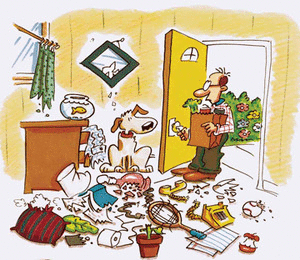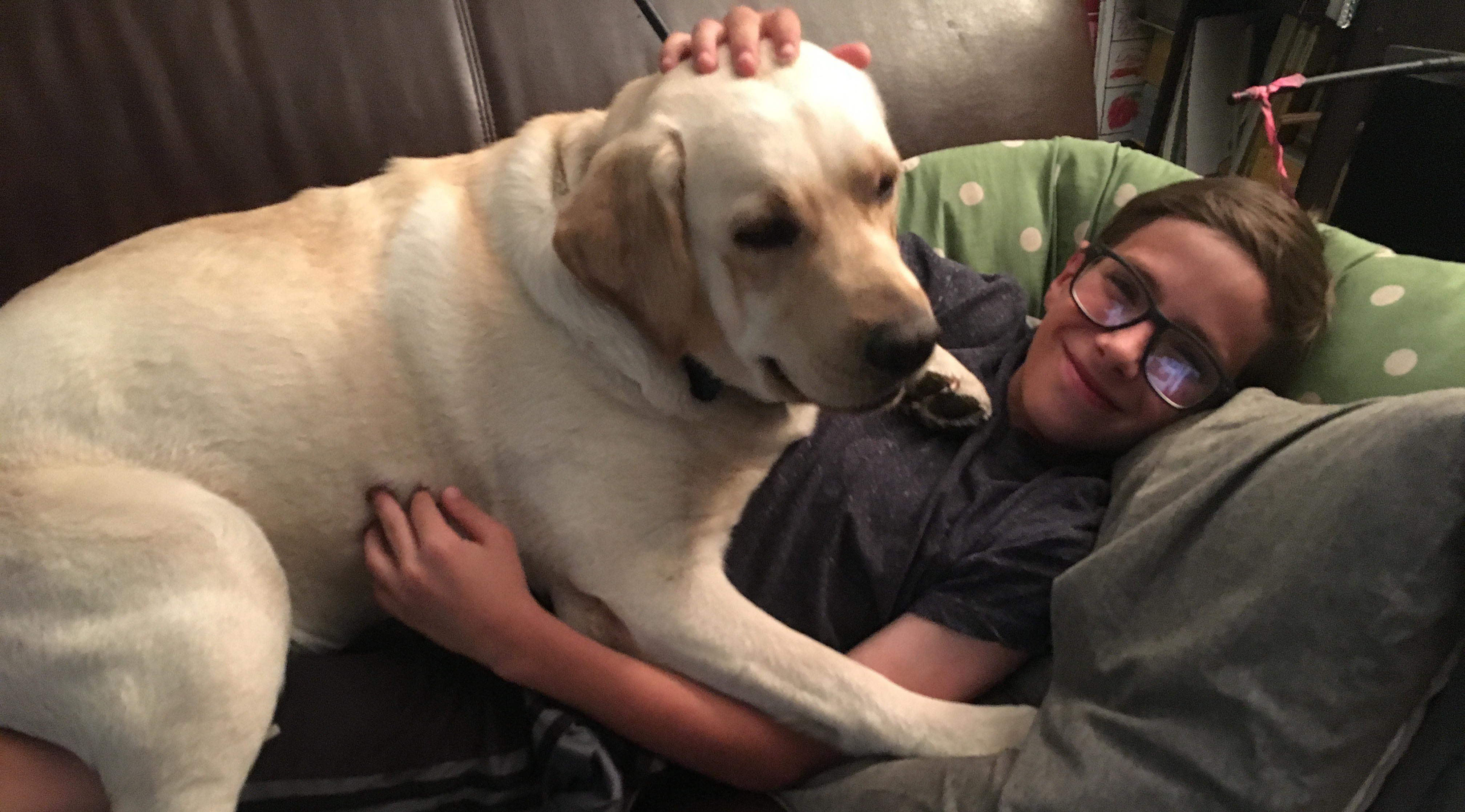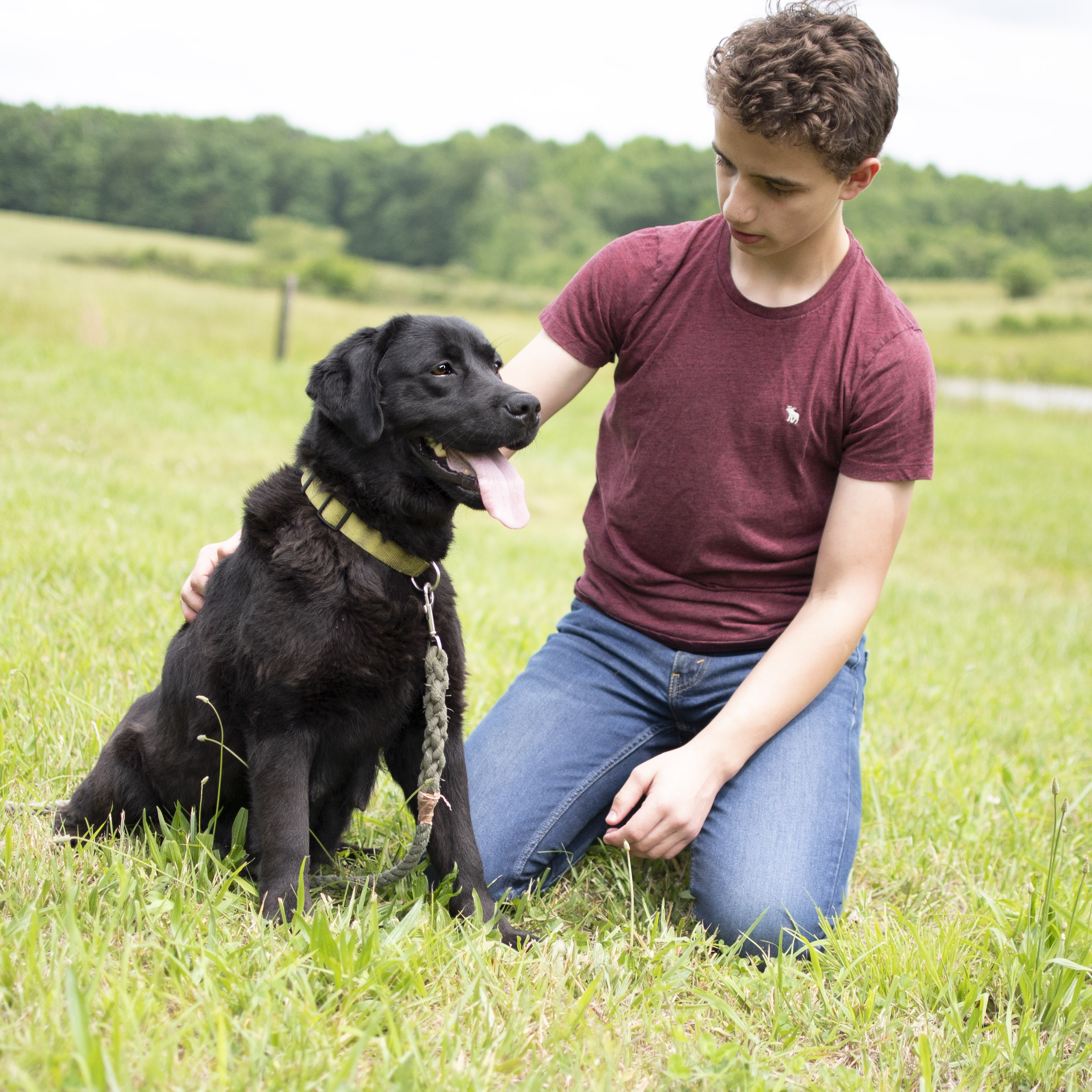Thoughts on training

Jump to contents:
There are as many different thoughts on training techniques as there are trainers and wading through them can be intense! But which way is best?
I say the answer is, within reason, whichever one you will actually do.
Success comes from consistency.
Our dog Ginger, who is close to 8 years old now, is affectionately referred to in our home as the Dowager Countess, paying homage to Downton Abbey. For those of you who haven’t seen the show, the Dowager is a cantankerous old woman who is simultaneously annoyed by and feels responsible for how the entire family runs. Ginger feigns annoyance with any inconvenience and shows herself the Matriarch at every possible turn. She loves Molly, and tolerates the puppies with an heir that resembles a detached Grandmother – more concerned for their wellbeing than affectionate.
We did zero training with her.
Zero.

Thankfully, she was a calm dog by nature and we dodged a bullet there. Her biggest fault is her insistence on barking at anything that moves and an overarching intolerance of anything cold or hard. She has a comfort zone of roughly five degrees, from 68-73, and outside of that range, she whimpers as if she’s been left in a blizzard.
But we love her. And I’d be lost without her.
Molly fell in with Ginger beautifully and loves when Ginger will appease her playfulness for a few minutes at a time. Molly is the opposite; she loves a good cuddle, don’t get me wrong, but she LOVES the cold and outdoors as much as any lab loves their food. She is the young, energetic one, and it’s good for Ginger, too.

All that said, we have seen first-hand what it is to have an untrained dog, even though Ginger is incredibly patient (even allowing the toddler to sit on her back) and calm (she’s never chewed our furniture or knocked anything over in our home while gone).

As you may know from other posts, we are big fans of Puppy Culture. We don’t apply every single teaching, but I think the philosophy is more important than the specifics. We’ve also read as much as we can and watched video teachings from Leerburg (you can click here for their site) .
One of the biggest debates in teaching dogs, especially young ones, is whether to use a “clicker” and voice cue or just a voice cue. The thought is that you will always drop the clicker eventually, but that it is a noise that can be made exactly the same, every time, without fail. Advocates say that this speeds up learning and discourages confusion. Puppies don’t speak English, after all, so the consistent “note” or noise that you make is all they can follow.
We bought a clicker. And we used it. For a while.
Then it was put in the dog tools bin, and, well, it stayed there.
We began using only verbal cues, opting for a higher, sing-song pitched “goooood” along with giving a treat. Maybe it takes longer this way? Maybe? But the results have been good. Which proves my theory that the best training, again, within reason, is the one you will actually do.
I found this article interesting on the topic of “to click, or not to click”. Give it a read, if you’re so inclined.
What methods of training do you like best? Any particular book or video that helped you! Please comment below!
Until next time…


